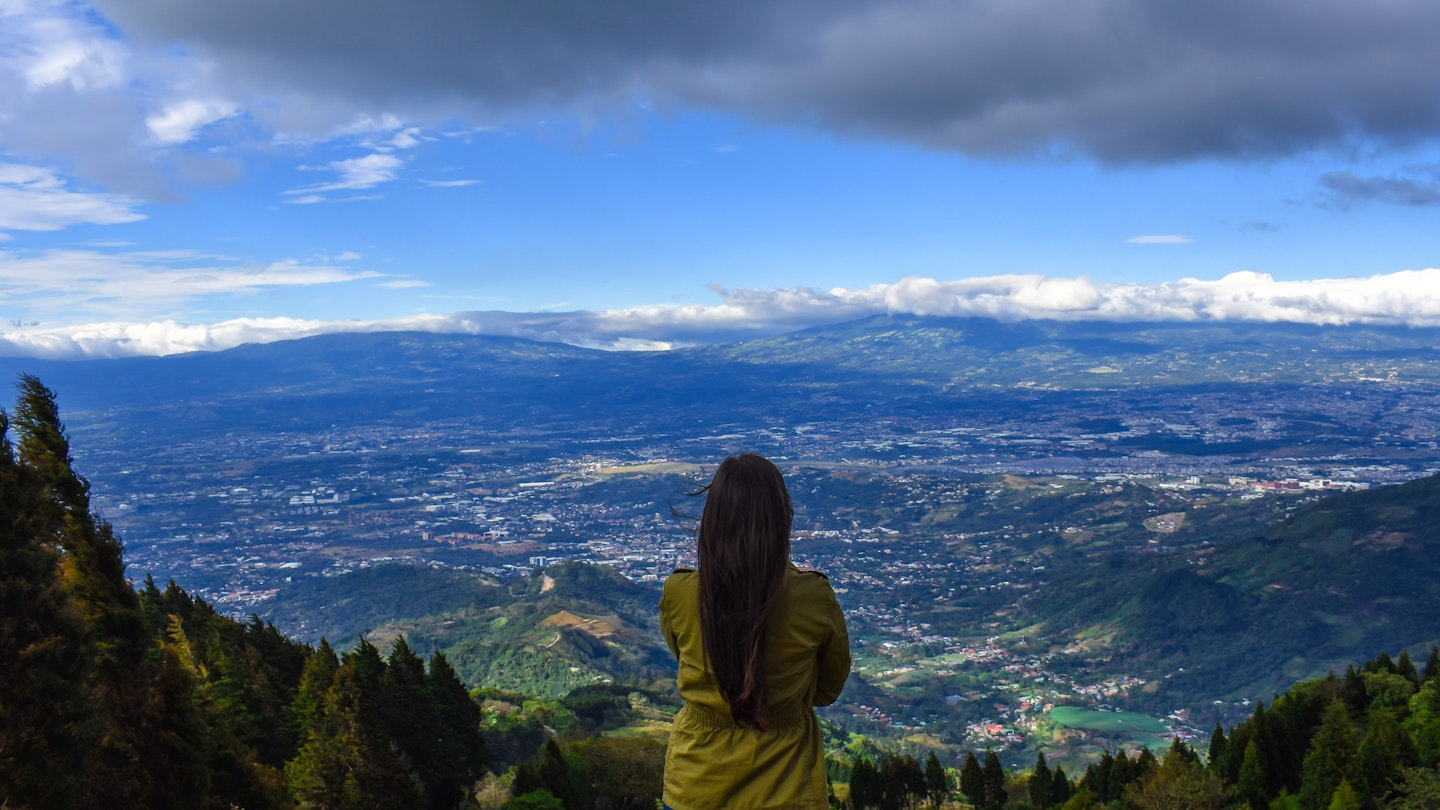San José and the Central Valley of Costa Rica possess some of the most pleasant weather in the world, featuring average daily temperatures of 24–28°C (75–82°F). Days can be warm with cool nights, but the temperature remains consistent throughout the year. The climate is so accommodating that locals often feel spoiled, complaining about even the slightest temperature changes. It is important to note that wetter months exist; traveling from May through November likely means experiencing some rain.
So, what is the best time to visit San José and its surrounding areas? This largely depends on your travel budget and what activities you seek. Rainy periods often mean shorter lines and more affordable hotel rates; however, sunshine can be hard to resist. Additionally, San José is known for its major holidays that can be delightful experiences to partake in. Regardless of the season, travelers frequently relish in the enchanting mix of high elevation and warm temperatures. Use this guide to choose the best time for your visit to San José, featuring key events throughout the year.
December to January: Holiday Celebrations
The Central Valley enjoys the festive spirit every year as the rainy season comes to a close along with abundant paid time off. Traditionally, Navidad celebrations have become more commercialized, with synthetic fir trees adorning San José. This festive season peaks during the Festival de la Luz, a vibrant parade around La Sabana. Attendees are treated to colorful floats and rollerbladers dressed as Santa’s elves.
Celebrations continue at the Fiestas de Zapote, a lively urban carnival transforming the tranquil neighborhood of Zapote. Tents, carnival games, thrilling rides, and beer stalls create an exhilarating atmosphere. These festivities take place at the end of December, allowing revelers to ring in the New Year with joy.
In January, head to the quaint town of Palmares for the annual “Tope,” a horse parade that is more than just an equestrian exhibit. The Fiestas Palmares feature large concerts and numerous dining options, making it one of Costa Rica’s most anticipated festivals.
January to April: The Sunniest Season
The dry season offers crystal-clear blue skies, and rain is rare during the first months of the year. San José becomes a bustling hub as travelers flock through Juan Santamaría Airport to commence their Costa Rican adventures. While many will head towards the beaches and mountains, San José is an excellent starting point.
The dry climate is perfect for road trips, evening exploration, and enjoying outdoor aquatic activities. Without puddles to navigate, you need not meticulously plan your daily outings; however, it is essential to protect yourself from the strong UV rays.
Expect crowded streets and higher accommodation rates during this season, as tourism peaks. During March and April, foliage can dry up, diminishing the vibrant scenery, and the urban area may struggle with litter without rainfall to wash away debris.
April and August: Religious Observances
Costa Rica prominently features Catholicism, particularly during Holy Week. During this period, shops close, road traffic diminishes, and neighborhoods quiet down. Travelers may find it challenging to navigate services, which might be limited.
Yet, April also hosts the ceremonious procesiones, a dramatic reenactment of the Passion story, complete with Roman soldiers parading through the streets and a representation of Jesus Christ being “crucified” before the Catedral Metropolitana. This profound observance concludes with the joyful Easter Sunday celebrations.
A similar revered event occurs in early August with the annual romería. Thousands make the pilgrimage from San José to Cartago to honor “La Negrita,” a stone sculpture of the Virgin Mary that serves as Costa Rica’s patron saint. Roads are closed to accommodate the thousands journeying 22 kilometers (14 miles) to the Basilica de Nuestra Señora in downtown Cartago.
May through November: Green Season (Budget-Friendly Travel)
The Costa Rican government has cleverly rebranded the rainy season as the “green season,” and this title holds true. The Central Valley transforms into a vibrant landscape during these months. With fewer tourists, accommodations become more budget-friendly, making it an attractive time for many to visit.
First-time visitors might expect unrelenting rains starting in May, but Central Valley weather can be more forgiving. Typically, mornings are sunny, with clouds forming around noon. Rain showers generally occur in the afternoons and can last into the night, but they vary significantly in duration and intensity. Some nights may feature intense thunderstorms, while others provide gentle, refreshing rains.
During the green season, schedule outdoor activities for the mornings. If the rain holds off, it’ll feel like a bonus. It’s wise to carry an umbrella, as ponchos and rain jackets may prove inadequate against powerful tropical storms, particularly when the wind picks up.




